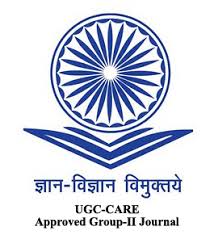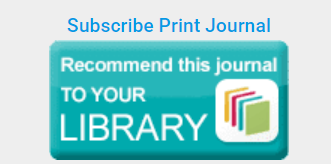BELIEF SYSTEMS OF KATTUNAYAKAN TRIBES IN TIRUPUR DISTRICT: UNDERSTANDING RELIGION, ANIMISM AND SPIRITUALITY
DOI:
https://doi.org/10.63001/tbs.2025.v20.i02.S2.pp134-136Keywords:
Tribes, Kattunayakan, Religion, Belief, CultureAbstract
Man is a reasoning, inquisitive being, and cannot live adrift in a sea of random phenomena and purposeless activities.At its most basic level,a belief system is a cognitive system, or a system of perception, shared by the members of a group.It provides the individual with all important explanations and meaning, thus helping him to understand the eternal “whys”of life. Many cultures,for example, provide concrete means for gaining or attempting to gain,specific desired ends.They usually involve appeal to or control of the personal or impersonal forces that have the power to influence outcomes. The types of belief system mostly tribal community’s follow are religion, sorcery an ideology.Religion is belief and behaviour related to the supernatural beings. In tribal society, religion refers to the way people deal with the supernatural i.e., something beyond the natural, visible world of human beings. It is habitually found that the theory of Animism divides into two great dogmas, forming part of one consistent doctrine first,concerning souls of individual creatures,capable of continued existence after death or destruction of the body; second concerning others spirits, upward to the rank of powerful deities …..Thus Animism, in its full development,includes the belief in souls and in a future state,in controlling deities and subordinate spirits those doctrines practically resulting in some kind of active worship.” The Kattunayakans have their own pattern of belief system and spirit belief orientedto tribal religion.






























